Report: Why Asian Carp eDNA Still Matters in the Fight for the Great Lakes
Researchers see great promise in eDNA testing to detect invasive and rare species at low abundance — including invasive Asian carp — but refining the tool is a long process.
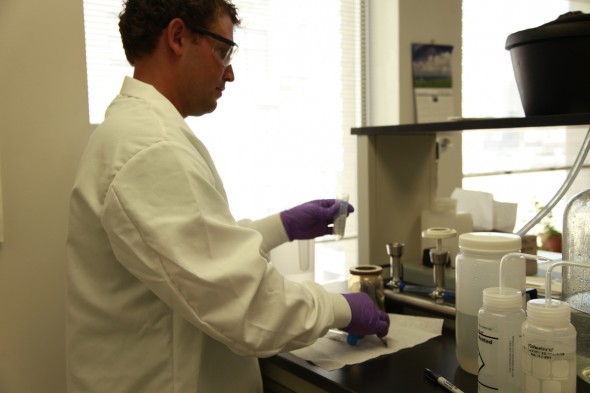
By Codi Yeager-Kozacek
Circle of Blue
Testing water samples to search for environmental DNA (eDNA) of invasive Asian carp in the Great Lakes and connected waterways has given rise to many alarms, but few answers. Interim results from a federal study, released February 22, confirmed what many have long suspected: sources other than live fish can trigger positive eDNA hits in water samples.
Laboratory and field tests showed that there are a number of potential sources of Asian carp eDNA in the Chicago Area Waterway System (CAWS), including:
- Ice used to store Asian carp sold in area fish markets, which melts and flows into storm sewers. eDNA from this source dissipated in the CAWS within one day during trials.
- Fishing gear, such as boats and nets used by anglers and natural resource agencies, was found to carry Asian carp DNA, even after being transported over land.
- Fish-eating birds can deposit Asian carp DNA in their waste, where it can persist for 30 days.
- Dead Asian carp on barges can be a source of eDNA in water that has washed over the dead fish, and this can persist for 18 days. However, only five Asian carp carcasses were reported on barges during the 2012 shipping season.
- River and stream bank sediments can carry eDNA from Asian carp.
Silver, bighead, grass, and common carp are invasive species that can disrupt aquatic food chains and out-compete native fish. Native to Eurasia, they escaped from aquaculture facilities in the southern United States in the 1970s and have since infested a large area of the Mississippi River Basin. If the carp reach the Great Lakes, many believe they could severely damage the region’s $US 7 billion sport-fishing industry.
Refining The Model
Results of eDNA testing, utilized since 2009, have sparked alarms that the carp are much closer to the Great Lakes than the official “invasion front” identified at Dresden Island Pool on the Illinois River, 29 kilometers (18 miles) from electric dispersal barriers that are meant to stop the fish and 89 kilometers (55 miles) from Lake Michigan.
–Kelly Baerwaldt
U.S. Army Corps of Engineers
The testing has even suggested that some carp could already be present in the lakes, but eDNA findings are frustratingly inconclusive.
First applied to search for Asian carp by University of Notre Dame researchers, the method detects DNA from skin, mucus, scales, and other materials in water samples, which can then be traced back to a distinct species using genetic markers. But currently, the tests cannot say where the DNA came from — live fish or other sources — and cannot determine how many fish might be in the area.
“People say, ‘Hang on: if we don’t know what it means, why are we still using it?’” said Kelly Baerwaldt, eDNA program manager for the U.S. Army Corps of Engineers, in an interview with Circle of Blue. “We are still at the stage where we are kind of building the airplane while we are flying it. It is important not to write it off just because of uncertainty.”
Baerwaldt is part of a team of researchers from the Corps of Engineers, U.S. Geological Survey (USGS), and U.S. Fish and Wildlife Service (USFWS) that is working to refine the relatively young science of aquatic eDNA testing as part of a 3-year federal study known as the Environmental DNA Calibration Study (ECALS). The recently released interim report on potential eDNA sources — or “vectors” — comes from the larger ECALS effort.
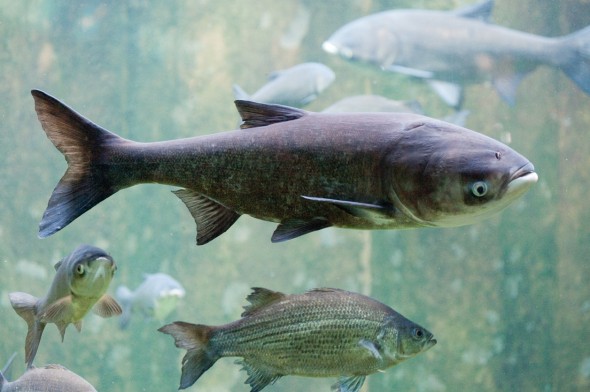
“ECALS is showing us how [eDNA] works and how it doesn’t,” said Duane Chapman, research fisheries biologist at the USGS Columbia Environmental Research Center.
The recent study results make eDNA more difficult to interpret, he said, adding that the presence of large, established Asian carp populations so near to the CAWS, coupled with the numerous eDNA vectors in the area, make it a “worse case scenario” for trying to detect carp. Furthermore, researchers have found chemicals present in some water samples that inhibit the detection of carp DNA. These “inhibitors” can be naturally occurring—algae that the carp like to eat appear to be one inhibitor—and create false negatives.
“We are definitely getting some hits that are not due to a live fish, but we are also not getting some hits that we probably should be getting, whether from live fish or whatever,” Chapman told Circle of Blue. “If we can get rid of the inhibitors, we can get a better picture and understand the vectors better. It’s like being on the moon and looking back at the world trying to figure out where the cities are — with the lights being positive edNA hits — but there are clouds. An inhibitor is essentially a cloud, and you can’t see through it.”
Inhibiting Inhibitors
There are ways to counteract inhibitors in most cases, but they must be identified first. Identifying inhibitors, developing more advanced genetic markers, and modeling how eDNA moves through the water system are projects that the ECALS teams are working on now.
“Where we are going to be in about a year, a year and half, we will be able say, ‘Ok, if you take samples from Lake Calumet, there is a 20 percent chance [that a positive eDNA hit] is coming from bird poop, a 30 percent chance it is coming from ice, and a 2 percent chance it is coming from live fish.’ That is what the managers need,” Baerwaldt said, using made-up percentages for illustration. “That is where we are going. In the 2013 sampling season, we are still going to use eDNA. It is still going to be there as one of our surveying methods, but we are not going to react to it the same way.”
–Duane Chapman
U.S. Geological Survey
In the past, positive eDNA hits have been followed up by extensive searches for live fish in the area where the water sample was collected, a significant investment of time and money. Baerwaldt explained that action will still be taken if live fish are found, but the presence of eDNA alone will not be such a trigger.
“We have to reevaluate the things we thought it meant earlier because of the ease at which the DNA can be moved around and the length at which it stays in the environment,” Chapman said.
Past Testing Still Valid
Past eDNA test results will remain valid, and because all water samples taken from the CAWS and Great Lakes are saved, past samples could be retested with a more advanced eDNA method, Baerwaldt explained.
“[Past results] are definitely going to have validity — that’s one of the big reasons to keep sampling,” she said. “Spatial and temporal patterns are what we really need to help inform our tool. We can only do so much in the lab, and we can only do so much in the field trials that we conduct. We need that monitoring data. That is at the heart of making sense of what those past hits mean.”
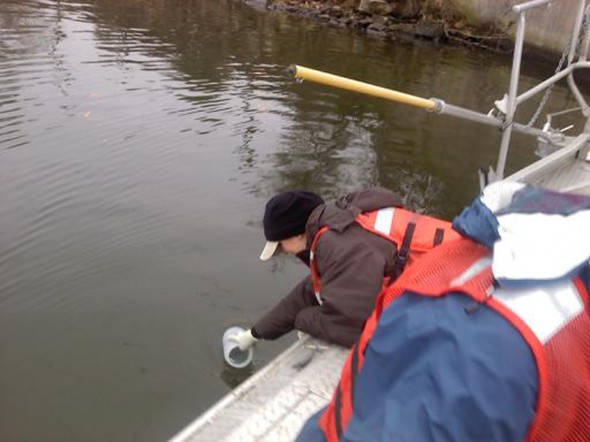
Having a better picture of the pattern of eDNA hits could be especially helpful for explaining positive hits like those from Lake Erie in 2011 and 2012.
–Duane Chapman
U.S. Geological Survey
“It is not impossible to get hits from a bird or some other thing in Erie, but it’s a lot harder to understand how they got as many hits from those kinds of vectors as they did,” Chapman said. “That is strange and a little scary, because it is hard to believe there are substantial numbers of silver carp in Lake Erie, but they could be under the radar for some time.”
He added that, if many carp were in the Great Lakes, it is likely one would have been caught or seen jumping onto a boat.
Both Chapman and Baerwaldt stressed that refining the eDNA method is a long process, but an important one.
“Give us a couple years, and we will have a lot better understanding,” Chapman said. “The technology and the science are evolving very rapidly in regards to eDNA. The tool is a sloppy one right now, but the ability to get around that, to tighten it up, is there — it just takes a lot of time and research.”
Source: ECALS
A news correspondent for Circle of Blue based out of Hawaii. She writes The Stream, Circle of Blue’s daily digest of international water news trends. Her interests include food security, ecology and the Great Lakes.
Contact Codi Kozacek

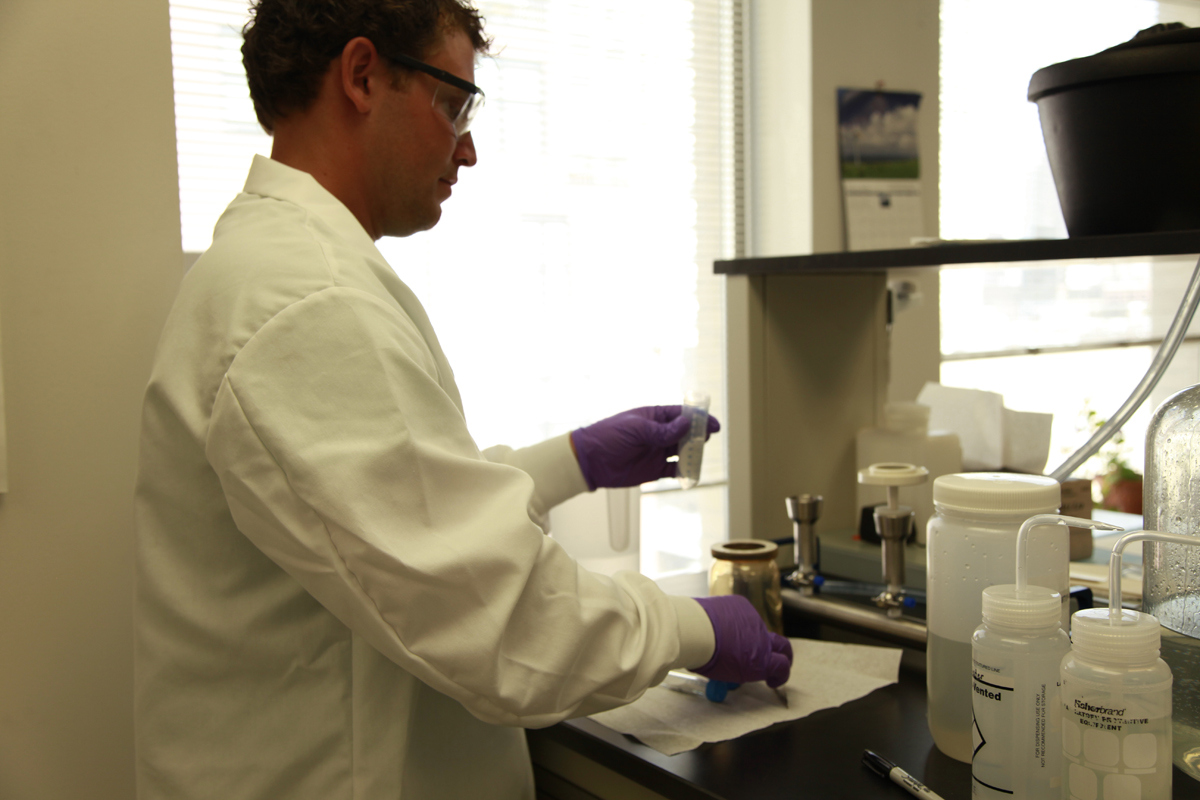

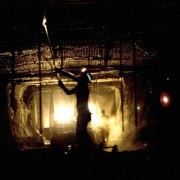
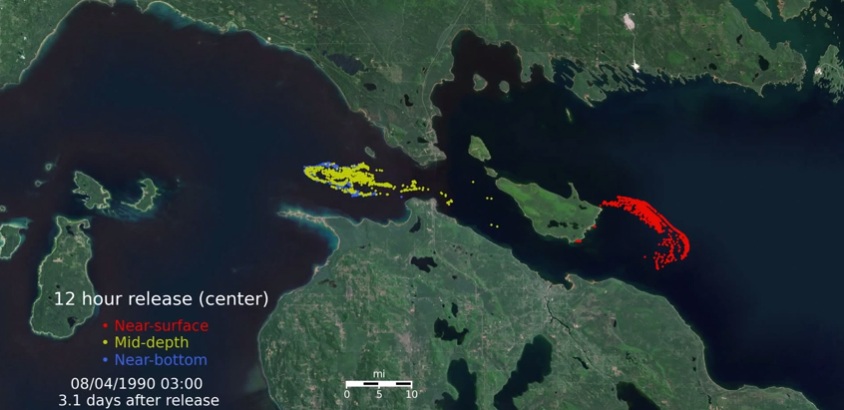
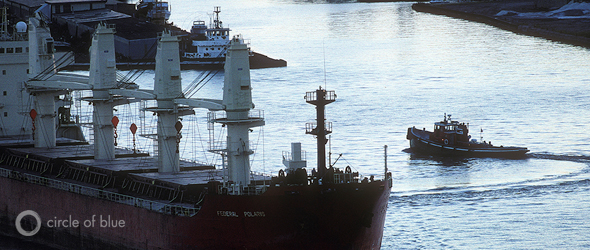
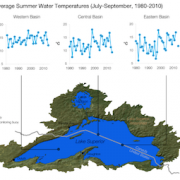
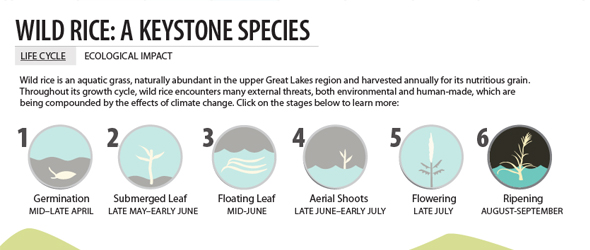



Leave a Reply
Want to join the discussion?Feel free to contribute!